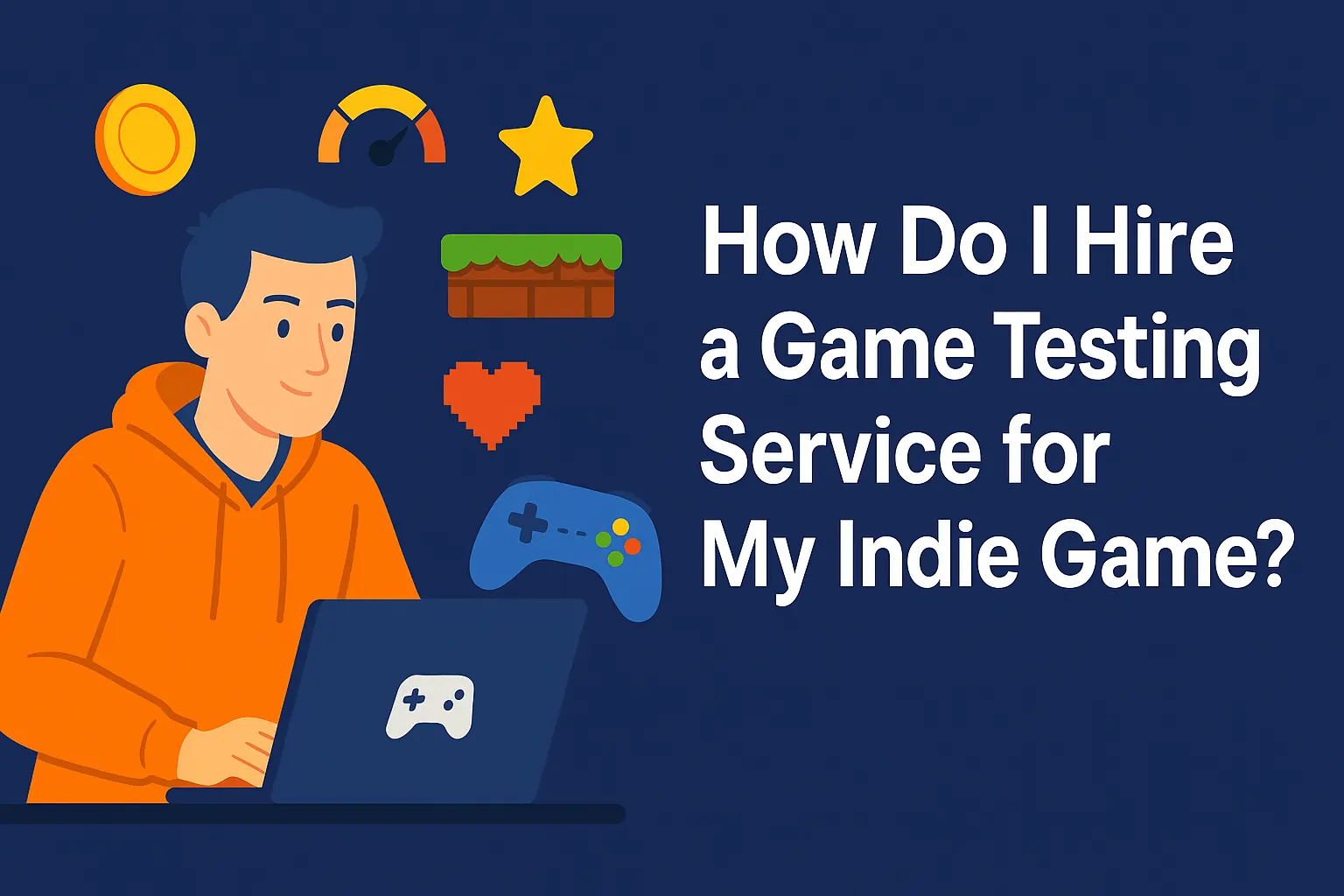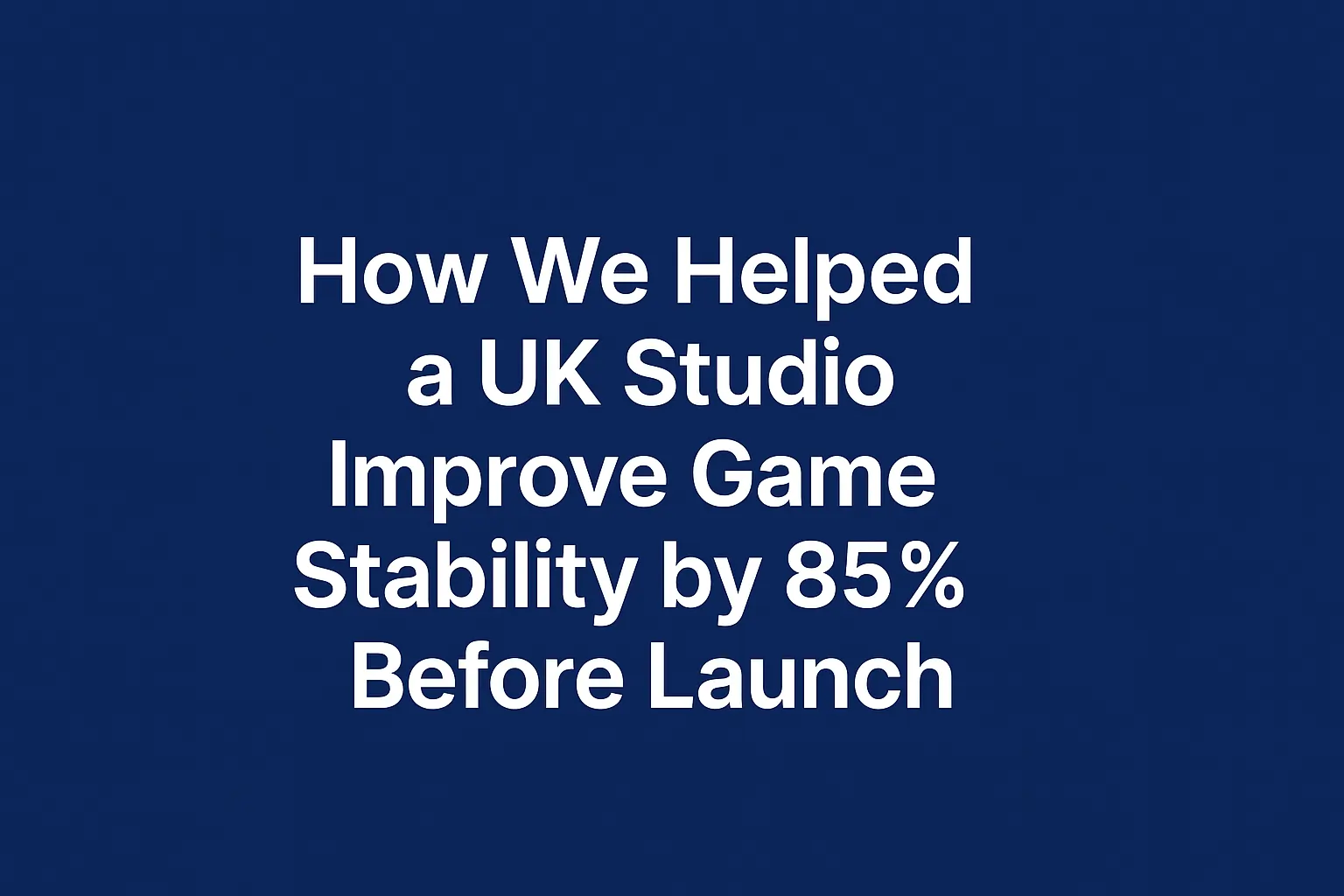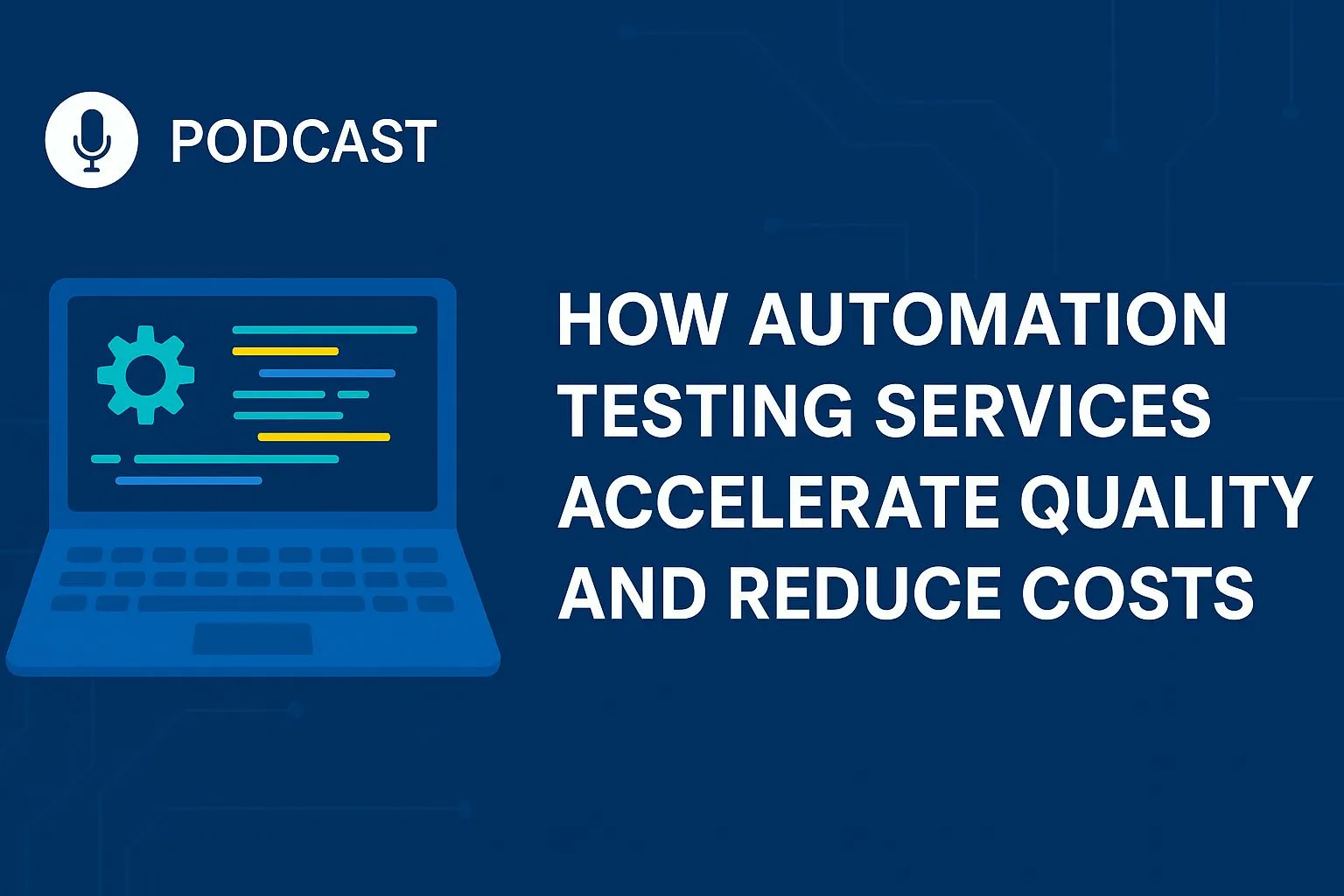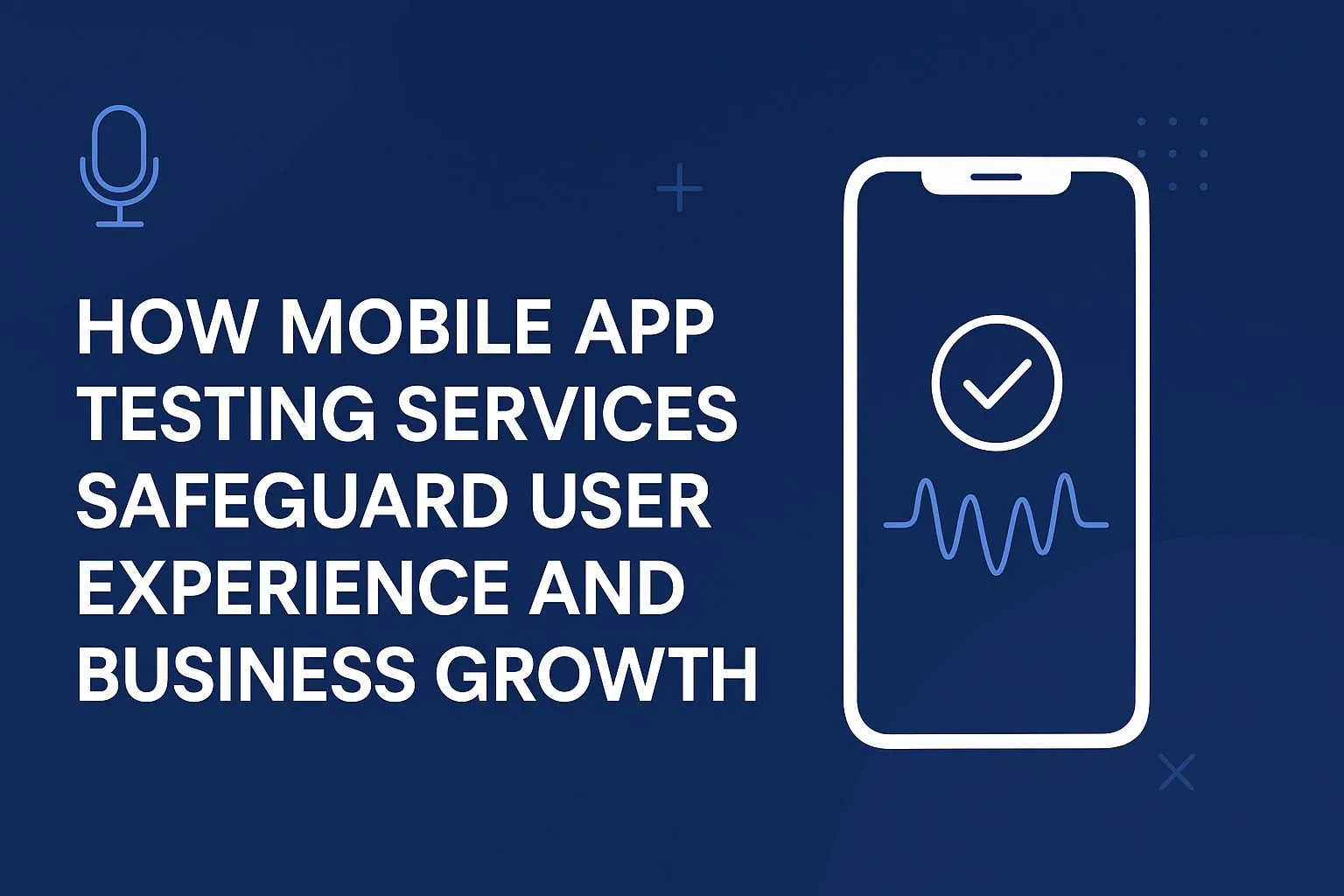Why Game Testing Is More Complex Than It Looks (And How to Handle It)
Building a game is one thing. Making sure it works perfectly for every player, on every device, in every possible scenario — that’s an entirely different challenge.
Game testing goes far beyond traditional software testing. It requires you to predict unexpected player actions, handle visual and performance issues across hardware types, and validate that core mechanics feel smooth and immersive. Yet many teams underestimate how tricky this can be until problems start stacking up after release.
In this blog, we’re unpacking why testing games isn’t simple, the most common pitfalls, and how you can structure your QA to prevent game-breaking bugs before they hit your users.
🎯 The Myth: “It’s Just a Game — How Hard Can It Be?”
Games look playful on the surface. But under the hood, they’re some of the most complex digital systems you can build. Unlike apps that follow clear user flows, games allow open-ended exploration, multiple outcomes, real-time physics, and live interactions.
Players don’t follow scripts. They experiment, skip instructions, and do things your dev team never anticipated. This makes games incredibly difficult to test in a structured way — and why standard QA approaches often fall short.
🧱 5 Core Reasons Game Testing Is a Tougher Job Than It Seems
1. 🧭 Players Don’t Follow a Straight Path
In most apps, workflows are linear — click, submit, done. Games offer freedom. Testers must validate not only the expected path but also:
- Skipped tutorials
- Wrong item usage
- Overlapping events
- Backtracking and alternate sequences
2. 📱 Device Diversity Is a Real Headache
Game performance can vary dramatically depending on device power, OS version, or screen resolution.
At Testers HUB, we cover:
- Entry-level to high-end phones and tablets
- Different GPU types and refresh rates
- OS behaviors across Android, iOS, and PCs
3. 🔄 Frequent Patches Break Things
Most games aren’t “done” at launch. New content, hotfixes, and balance changes happen often. Each update risks creating new bugs — even in old areas.
That’s why ongoing regression testing is a must, especially in live service games.
4. 🌐 Multiplayer and Network Features Add Complexity
Online gameplay introduces a new layer of problems:
- Sync issues between players
- Server-side logic mismatches
- Cross-region latency and disconnection errors
5. 🎨 Visual Details Matter Just As Much
Glitches in animations, UI overlap, or delayed camera transitions may not crash the game, but they break immersion. And that’s just as damaging.
🔍 Case Snapshot: Co-op Bug in a Puzzle Game
Client: Mid-size game studio (UK/US audience)
Problem: In co-op mode, one player would spawn seconds before the other, causing flow disruption
Cause: A timing mismatch in device-level start logic
Outcome: We replicated the bug on older Android versions and helped correct the sync logic. The next update saw improved ratings and higher co-op session completion.
✅ How to Manage Game Testing Like a Pro
1. Bring QA in Early
Don’t wait for beta. Add testing in your first few playables or internal builds to reduce technical debt and avoid patching under pressure later.
2. Build Scenarios Around Player Behavior
Testers need to think like players — not like developers. That means creating test flows for:
- Unusual inputs
- Ignored objectives
- Interacting with unfinished areas
- Combining items or upgrades in strange ways
3. Use Real Hardware
Simulators won’t surface many real-world issues — especially for mobile. We recommend:
- Testing on at least 6–10 real devices
- Including different screen sizes and OS versions
- Covering both new and budget devices
4. Cover Multiplayer with Special Attention
Test more than just joining and leaving sessions. Validate:
- Scoring accuracy
- Chat and emote functions
- Rejoining after network drops
- Region-based server performance
5. Work With Game Testing Experts
Partnering with experienced Game QA professionals saves dev time, reduces bugs in production, and improves your review scores. At Testers HUB, we provide:
- Dedicated mobile and PC game testers
- Exploratory and structured test cases
- Performance and compatibility testing
- Weekly QA reports with video logs
🎯 Our Game QA Focus Areas
| Test Focus | What We Look For |
|---|---|
| Gameplay Mechanics | Physics, objectives, win/lose conditions |
| User Interface | Menu clarity, HUD visibility, button response |
| Visuals | Texture quality, animation glitches, frame consistency |
| Network Play | Sync timing, player lag, match stability |
| Progression | Unlock logic, level completion tracking |
| Monetization | IAP flows, ad behavior, reward triggering |
| Cross-platform Sync | Save/load between devices and platforms |
💬 FAQ: Game Testing, Answered
Q1: How long does testing take for a mobile game?
It depends on features and platforms. A small casual game may take 5–7 days. A multiplayer or ad-supported title can take 2–3 weeks for full coverage.
Q2: Can you test controller support and key mapping?
Yes — for PC or console ports, we validate controller schemes, UI prompts, and remapping options across devices.
Q3: Do you also test game performance (FPS, loading, crashes)?
Absolutely. As part of our functional and performance checks, we monitor memory usage, CPU impact, load times, and crash logs.
Q4: Do you offer flexible Game QA packages?
Yes. We offer hourly, monthly, and fixed testing rounds for game studios. Whether it’s one round before launch or continuous support during updates, we scale as needed.
🎮 Final Thoughts
Game testing isn’t just about finding bugs — it’s about protecting player experience. A missed sync issue, lag spike, or broken level can undo months of development effort.
At Testers HUB, we understand how players think, what frustrates them, and how to catch issues before they hurt your rating. Whether you’re shipping a mobile puzzler or an online RPG, we’ll help you test smarter and launch stronger.











